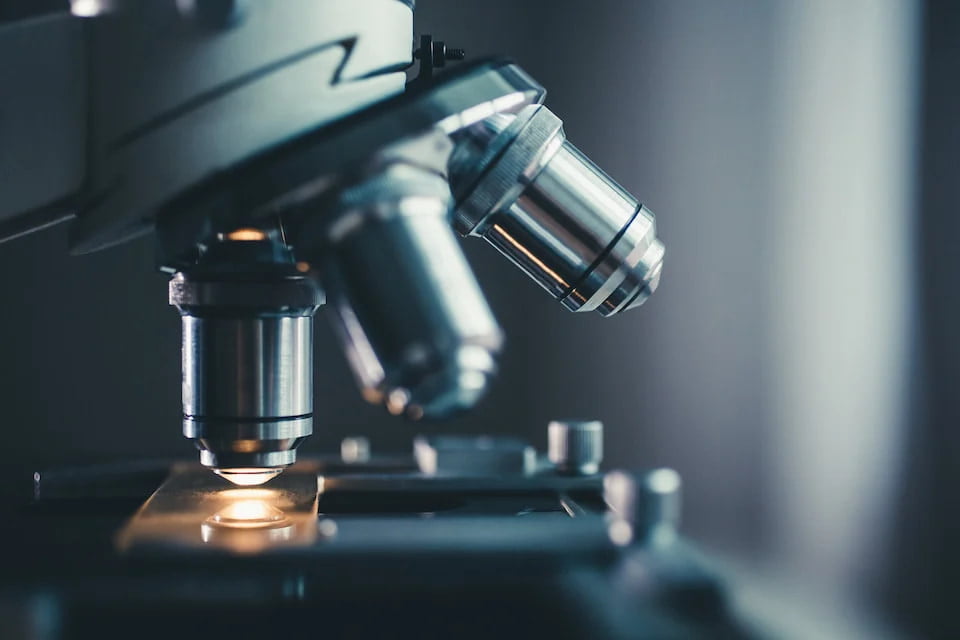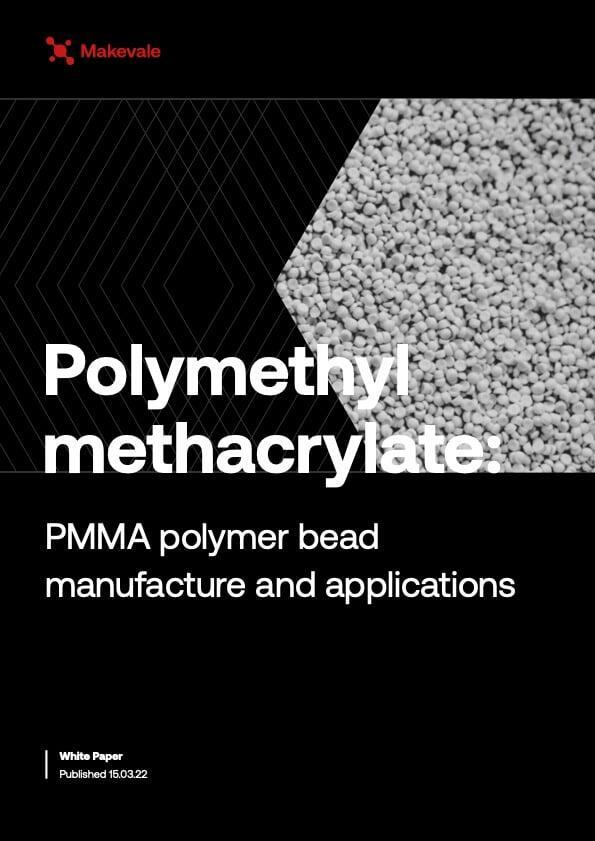
Poly(methyl methacrylate) (PMMA), better known as acrylic, is a transparent plastic with a range of properties that make it suitable for a wide range of uses.
Not all PMMA beads are created equal. PMMA is typically produced via suspension polymerisation from a monomer, methyl methacrylate (MMA), into PMMA beads, usually a fine white powder. The beads are then further processed and/or used to manufacture other products, for example a denture base prosthesis. PMMA beads can also be used to enhance the physical properties of a formulation, such as helping thicken superglue so it can be more accurately applied.
First created in sheet form in 1932, acrylics can be found in multiple applications. These include medical, orthopaedic and dental devices, glass transportation, embedment casting and adhesives. PMMA beads are used as rheology modifiers, in casting precision components and as packaging material. PMMA is often incorrectly cited as the primary raw material for acrylic nails. However, artificial nail powders are commonly made from Poly(ethyl methacrylate) (PEMA) blended with small quantities of PMMA or Poly(ethyl methacrylate-co-methyl methacrylate).
To learn more about the stages of PMMA production as well as how PMMA bead properties are tailored for specific applications, download our latest paper!
